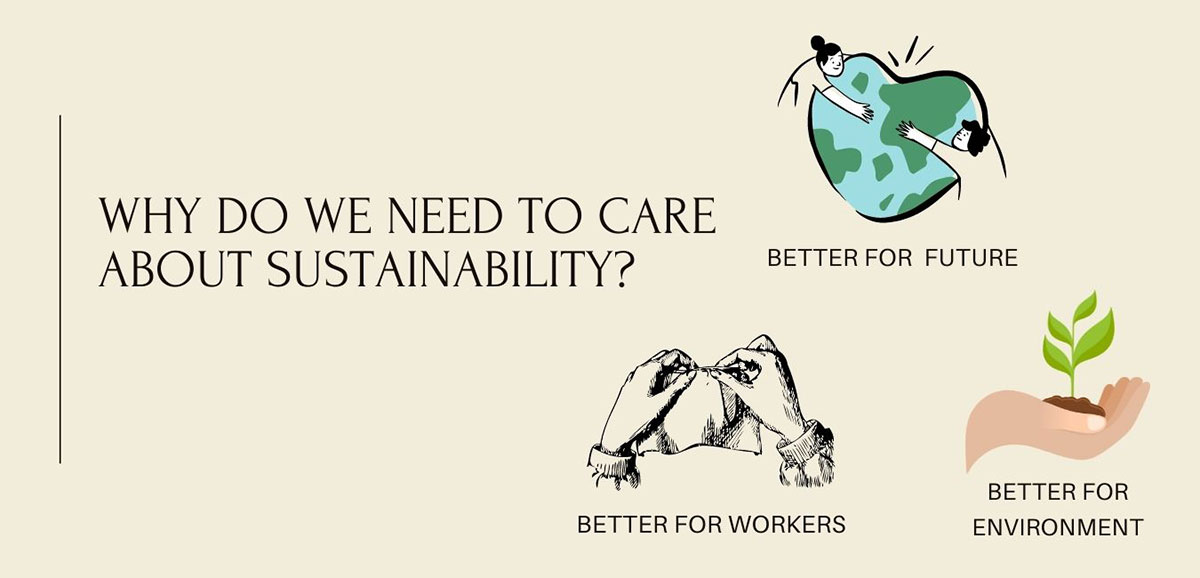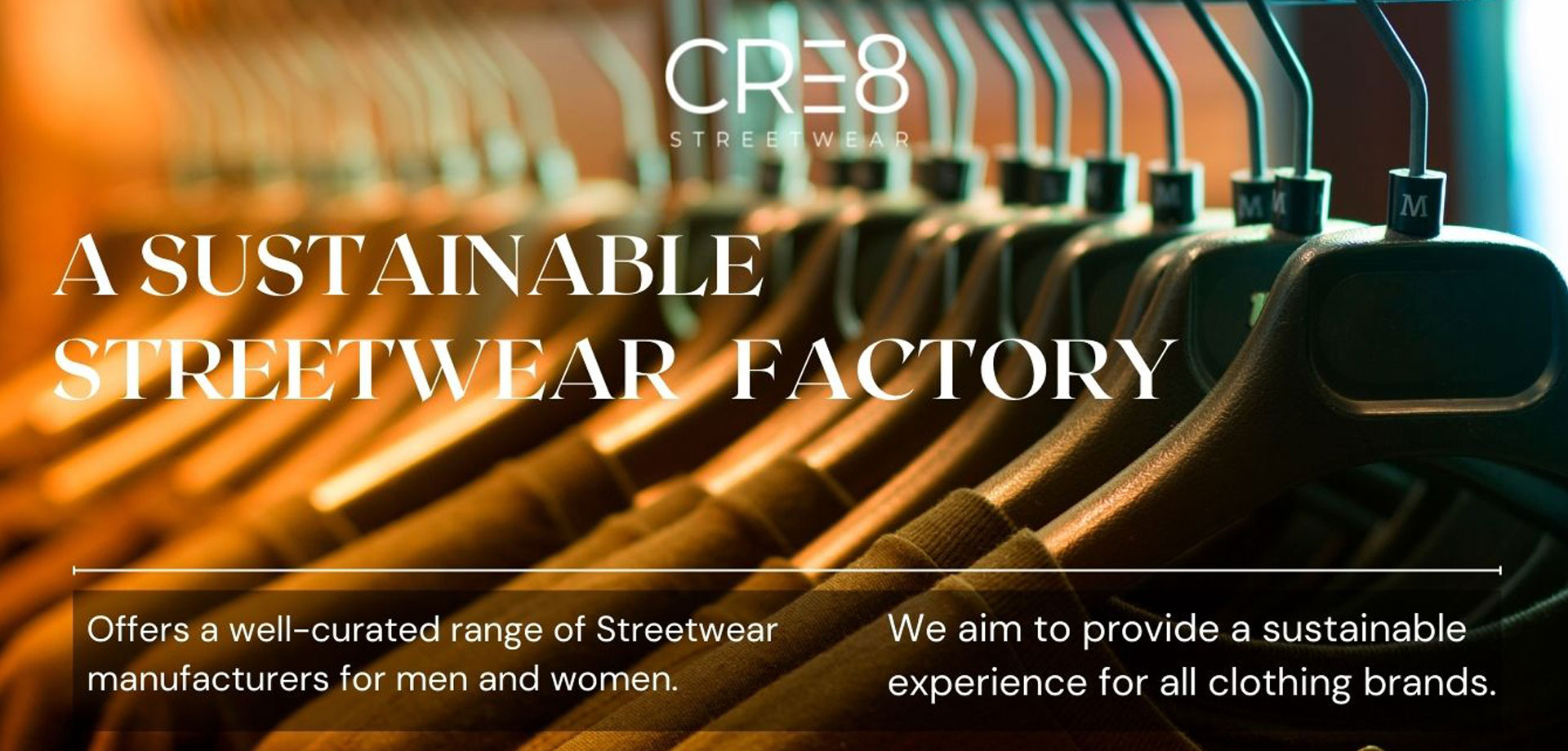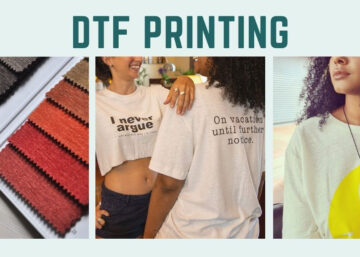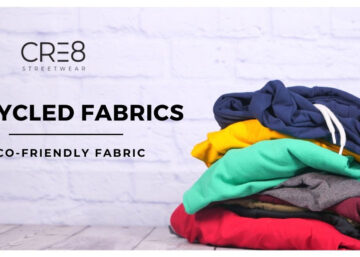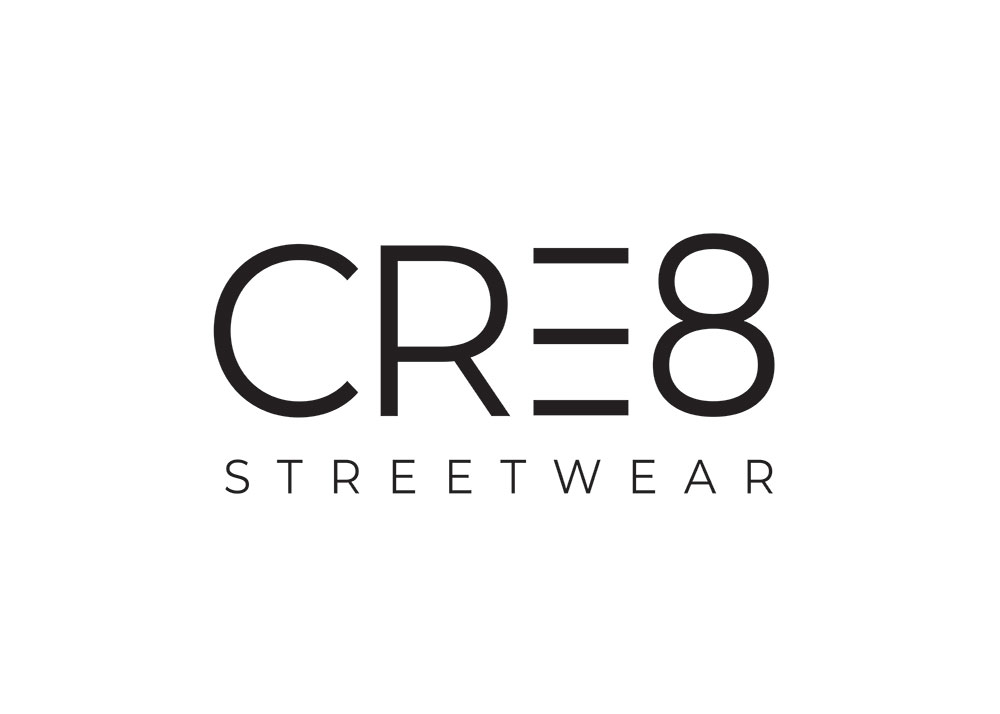What is Fast Fashion?
“Fast fashion” refers to clothing manufactured at warp speed and sold at a low price point. Fast fashion brands are quick to overstock stores and satisfy shoppers. After that, they’re just as quick to throw their collections away to make room for the next “micro-season.”
Fast fashion has a large environmental footprint for both its production and disposal. Clothing production requires a considerable amount of energy and resources, while it depends on toxic fabric dyes and other chemicals that contaminate fresh water.
If we want to address the core issues of social and environmental sustainability, we’ll have to think carefully about the price, materials and production of the garments we make and sell.
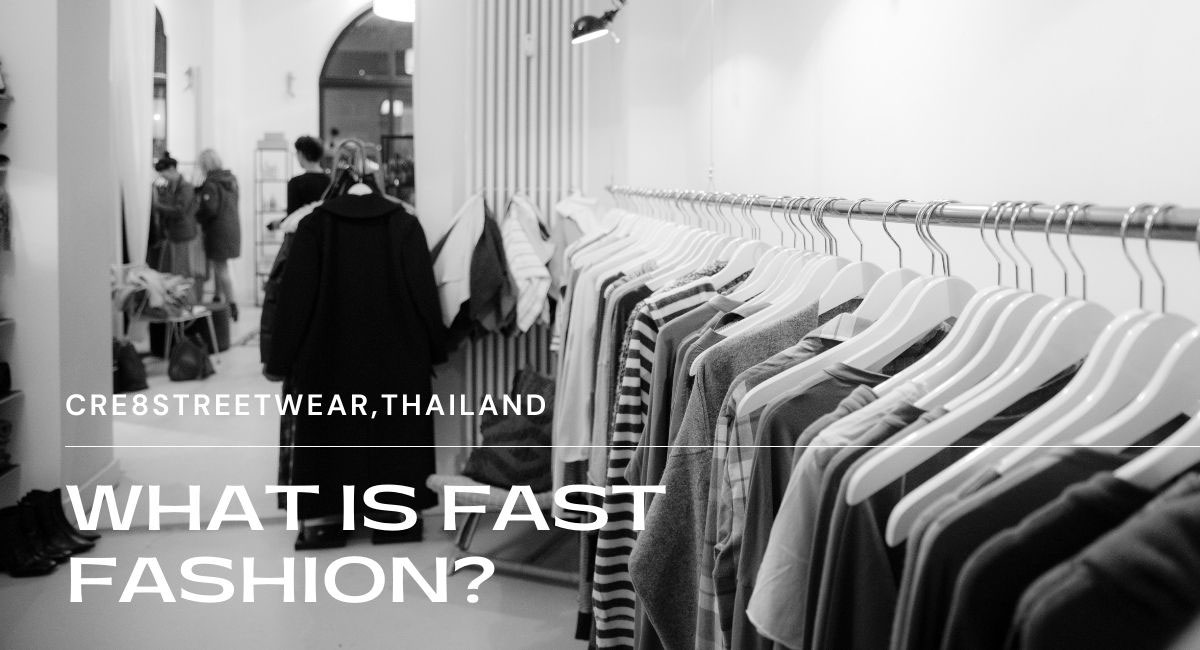
What is Sustainable Fashion?
“Sustainable” fashion refers to garments that have been made in a way that is mindful of the many environmental issues the fashion industry touches upon.
Sustainable fashion can be defined as clothing, shoes, and accessories that are manufactured, marketed, and used in the most sustainable manner possible, taking into both environmental and social responsibility. Sustainable clothing made in ways that value social welfare and worker rights because environmentalism goes hand in hand with socially equitable practices.
Only clothing which is made from environmentally-friendly materials, uses natural resources responsibly, and does not hurt anyone in the process can be considered sustainable fashion.
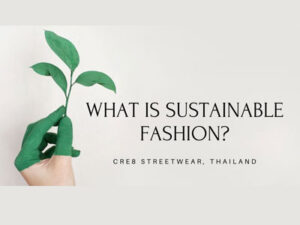
Why do we need to care about sustainability?
– Better for workers
Sustainable fashion gives these workers rights, including a proper living wage, safe working conditions, and less risk of being sexually assaulted.
– Better for the environment
Sustainable fashion creates longer-lasting clothes of a higher quality, meaning that while they are more expensive initially, they will stay in your wardrobe for years.
Even when they come to the end of their life, because they are made from recyclable and natural material, they can be used again to create another product for future generations.
– Better for the future
A change in the future is needed, which at the moment the younger generation grows into active consumers.
We need people to start buying ethically now. Many brands are leading the way in sustainability, but until the majority of consumers begin to put their money, profits will always rule the decision makers.
Forbrands – this means creating in a way which is most considerate of humanity and the environment. The goal is to have a system which works without leaving a negative footprint.
For us/customers – this means thinking about what we buy, knowing what we are supporting through our purchases, and also asking ourselves if we are really going to wear that new piece to the extent that it was worth being made.
